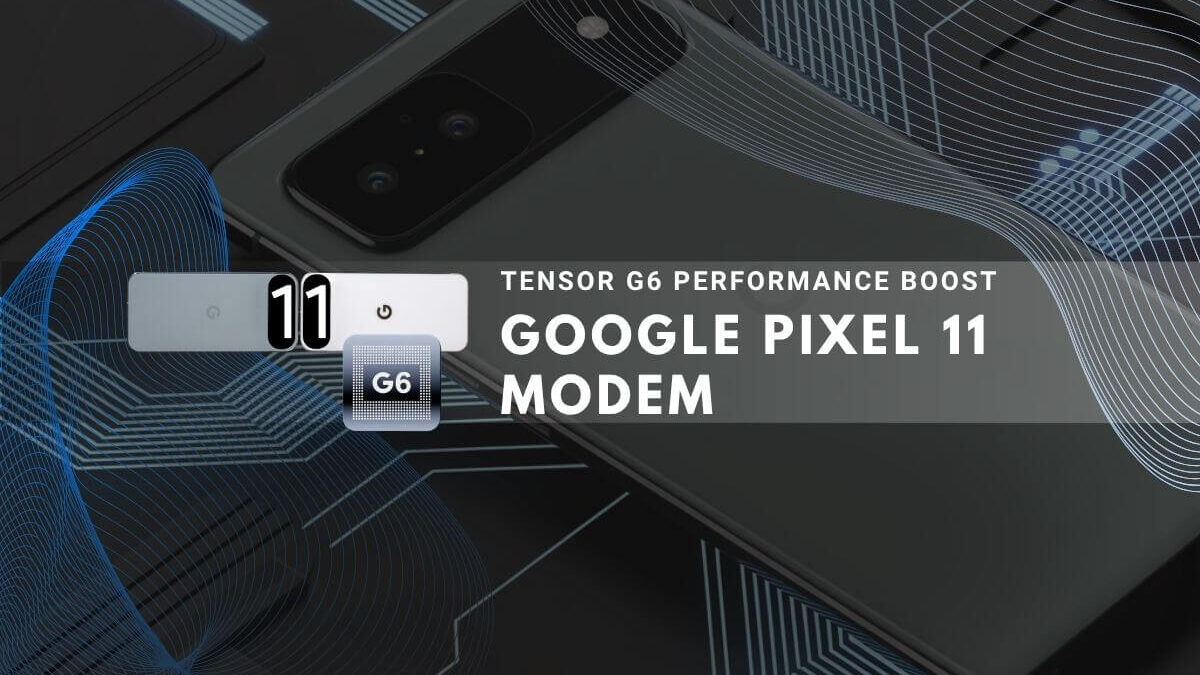Google is conducting early internal tests and Google tests MediaTek experiments with the M90 5G modem for the upcoming Pixel 11 MediaTek smartphone. These tests MediaTek M90 trials explore new connectivity details alongside ongoing Tensor G6 development, highlighting potential improvements in performance and efficiency for the 11 MediaTek M90 platform.
Evidence of Internal MediaTek Modem Testing and Leak Details
Leaked command line data from Mystic Leaks indicates:
- A baseband version labeled “a900a”
- A bootloader codename “spacecraft”
- Continuation of Google’s space-themed naming convention
These details remain unverified by Google or MediaTek and are presented as preliminary reports.
MediaTek M90 5G Modem Technical Capability Highlights
MediaTek unveiled the M90 modem at Mobile World Congress Barcelona 2025 (March 3–6). Key specifications include:[1]
- Peak downlink speeds of 12 Gbps[2]
- Dual-5G-SIM dual-active support with simultaneous data use[2]
- Satellite connectivity integration for emergency messaging[2]
- AI-driven power-optimization models for efficiency[2]
- Manufacturer-claimed 18 percent reduction in average power consumption[2]
Independent benchmarks for real-world power savings are not yet available and should be treated as unconfirmed.
Comparison with Qualcomm Snapdragon X70 Modem Performance
To provide context, Google could have considered Qualcomm’s flagship modem:
- Snapdragon X70 peak downlink: up to 6.5 Gbps
- Dual-SIM dual-active support with 5G-5G and 5G-4G dual-active
- AI-Enhanced signal boost and envelope-tracking for power savings
- Integrated RF front-end for sub-6 GHz and mmWave networks
MediaTek’s M90 modem testing offers nearly double the peak downlink capacity compared to X70, but lacks third-party validation of power consumption claims.
Current Pixel Modem Performance and Thermal Improvements
Google’s recent flagship modems demonstrate solid performance:
- Pixel 9 and Pixel 10 use Samsung’s Exynos 5400i modem on a 4 nm process[3]
- Pixel 10 was announced August 20, 2025, and released October 9, 2025[4][5]
- User reports and technical reviews confirm minimal overheating[6]
These improvements arose from iterative refinements in collaboration with Samsung before Google’s diversification efforts.
Evolution of Google’s Chipset and Modem Partnerships
Google’s hardware strategy has evolved:
- Reliance on Samsung Exynos modems for early Pixel devices
- Transition of Tensor G5 production to TSMC’s 3 nm process in Pixel 10[7]
- Evaluation of MediaTek M90 modem for Pixel 11
- Ongoing uncertainty around Tensor G6 production on TSMC’s N3P or 2 nm nodes
This diversification aims to optimize power efficiency, performance, and supply-chain resilience.
Tensor G6 Manufacturing Process Uncertainty
Leaked gChips division documents and subsequent reports conflict on the G6 process:
- October 2024 leak: use of TSMC’s N3P process with a 1+6 core design
- June 2025 report: potential upgrade to TSMC’s 2 nm process
No official confirmation has been issued by Google or TSMC. The final choice will significantly influence performance and power characteristics.
Strategic Implications for Future Pixel Connectivity
Adopting MediaTek’s modem could yield benefits:
- Lower modem power draw, extending battery life
- Enhanced satellite connectivity for emergency use
- Supply-chain diversification beyond Samsung components
However, internal testing does not guarantee production use, as seen when similar plans for Pixel 10 were abandoned.
Anticipated Timeline for Pixel 11 Announcement and Release
Based on Google’s product cadence:
- Likely announcement: August 2026
- Probable retail availability: October 2026
MediaTek’s engineering samples expected in late 2025 align with these milestones, but actual adoption will depend on testing outcomes and certification.
Real-world power efficiency benchmarks for the M90 modem are not publicly available. Until third-party testing emerges, power-consumption claims should be viewed as provisional.
FCC filings for Pixel 11 prototypes have not yet appeared; any future certification data will provide clearer confirmation of modem usage.
